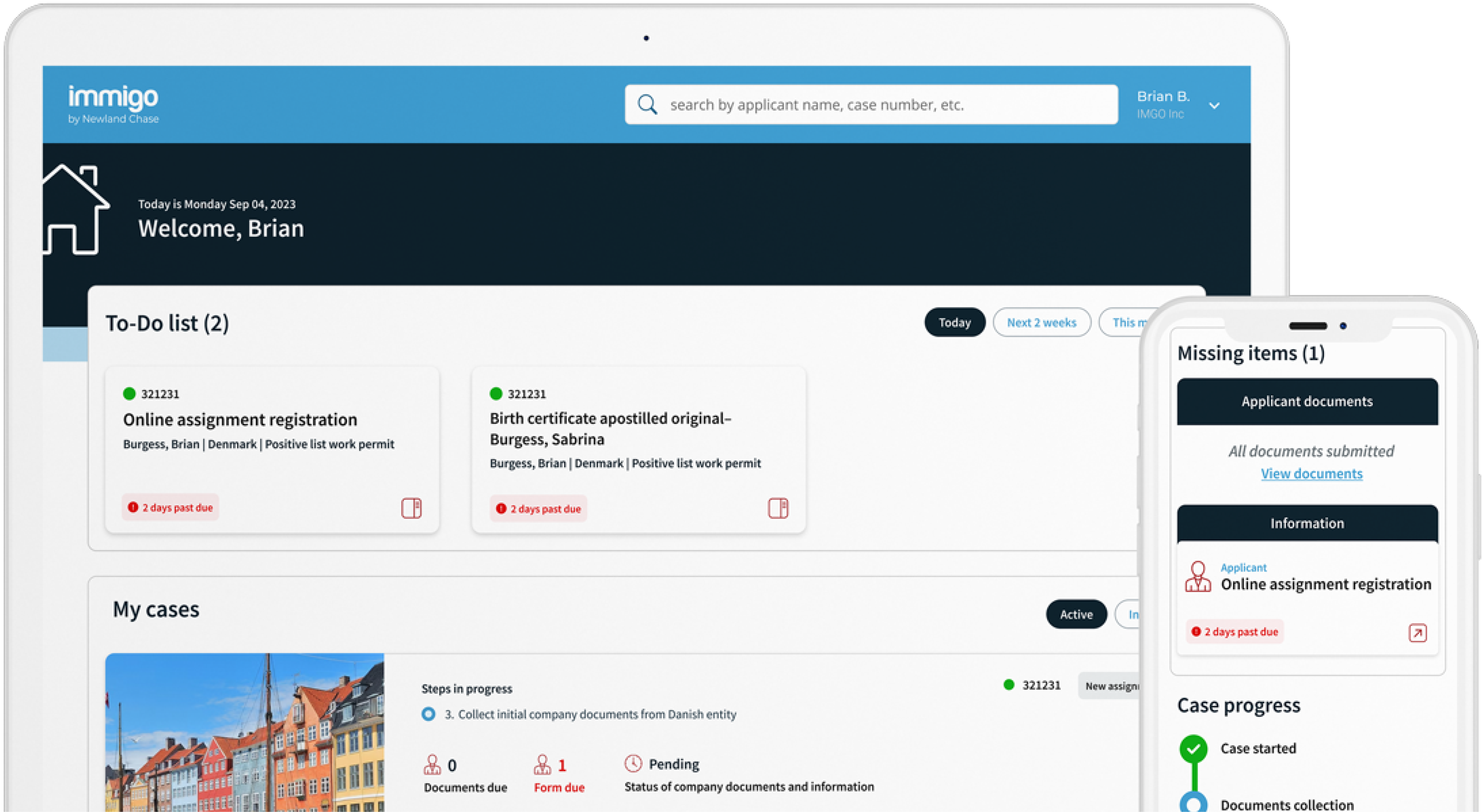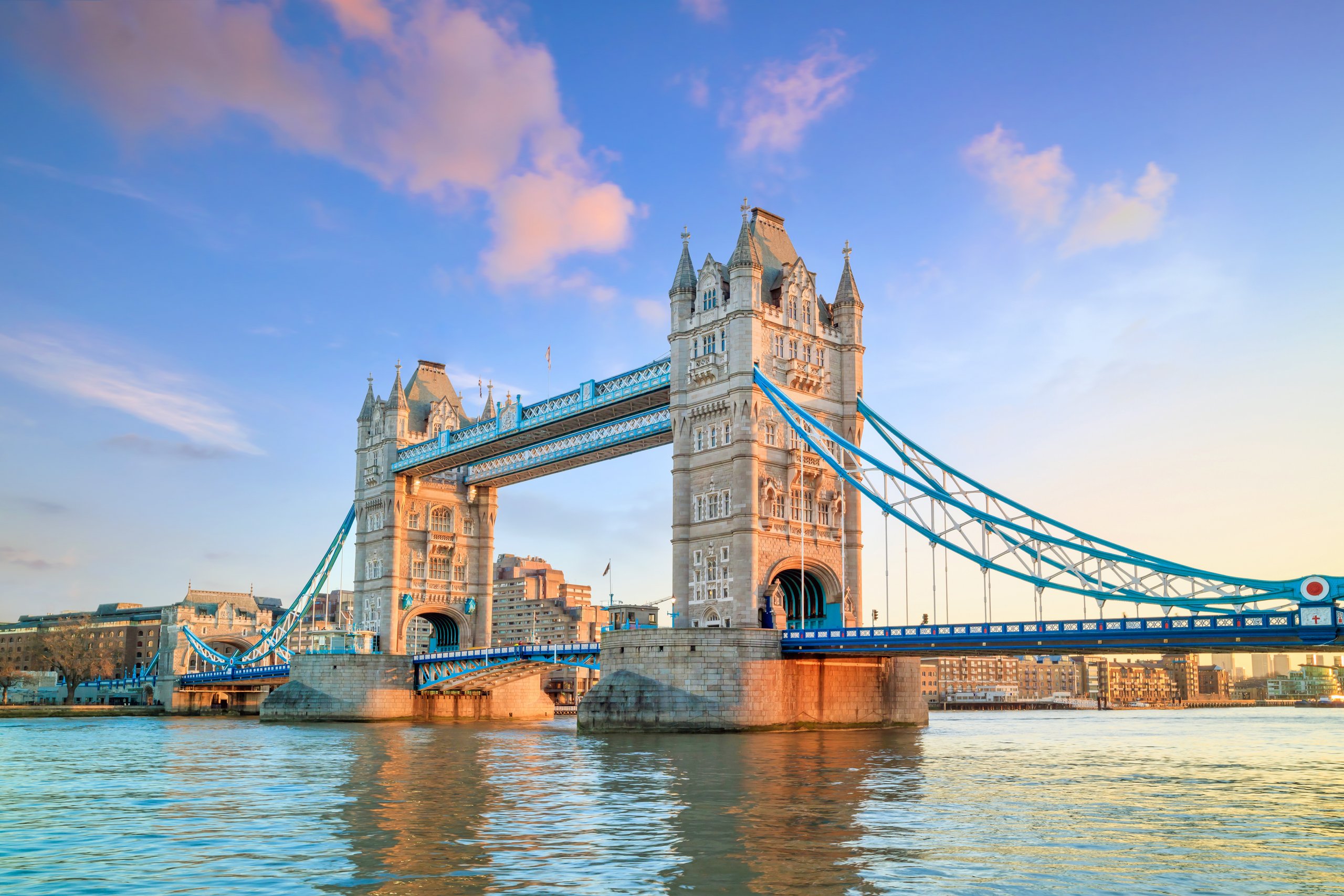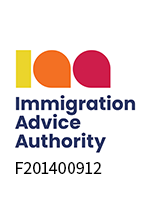Get The Visibility Your Company Needs
Reduce compliance risks and mobility costs while managing individual and project-related travel with ImmiSMART: the solution that unifies your travel and mobility programs.
Travel and Mobility Strategies to Successfully Manage the Unexpected
September 23, 2020
Newland Chase’s September COVID-19 webinar focused on strategies that global mobility managers and travel managers can utilize to surf the waves of the continually changing immigration and global entry landscape.
Global mobility managers and travel managers are encouraged to carefully evaluate the following suggestions to successfully steer their immigration program through the choppy waters of global travel during the COVID-19 era.
Consider Leveraging Travel Bubbles and Corridors
Travel bubbles or corridors are mutual agreements or unilateral concessions, allowing travelers from specified countries or regions to more easily enter and exit. Entry restrictions or quarantine/testing requirements may be eased on the basis of each country’s coronavirus infection rate per 100,000 population and sometimes other factors. Permitted travel may be limited to tourism or business, repatriation or temporary work.
It may be possible to take advantage of travel bubbles or corridors to facilitate travel; for example, by having a traveler or assignee spend time en route in a country which has a mutual arrangement with the final destination country, in order to avoid quarantine or entry restrictions on arrival.
However, as such mutual arrangements tend to change at short notice as the infection rates in the country of origin and destination fluctuate, using travel bubbles or corridors in this way can be a risk; there is no guarantee that the bubble will not burst before the onward travel leg can be started.
Some examples of travel bubbles or corridors: include
- In May 2020, Estonia, Latvia and Lithuania mutually lifted their travel restrictions. Citizens and residents of the Baltic states were allowed to travel within the “Baltic bubble” without self-isolating or testing for COVID-19 on arrival, provided that they had not been outside the Baltic states in the past 14 days, that they were not in self-isolation already and had no symptoms of respiratory illness. However, on 12 September the bubble burst when Latvia began requiring self-isolation for travelers from Estonia, which had exceeded its threshold of 16 infections per 100,000.
- In September 2020, Hungary imposed a strong entry ban with, initially, no country- or nationality-specific exceptions, even for EU citizens. Exceptions were made for employees of foreign companies doing business with Hungarian companies, employees of Hungarian companies and commuters traveling up to 30 km inside the border for a 24-hour period. Almost immediately, the government made a new exception for travelers from the Czech Republic, Poland and Slovakia (Hungary’s partners in the Visegrád Group) who had already booked trips to Hungary before 1 September, if they provide a negative COVID-19 test result obtained less than five days previously. Later, Hungary also exempted commuters travelling from Austria from the 30km/24hr rule.
- Singapore has opened mutual two-way routes (“Reciprocal Green Lanes”) with Brunei, China, Japan, Malaysia and South Korea, and a one-way route from New Zealand.
- China’s fast-track agreement with Singapore is repeated with several other countries. Residents of these countries qualifying for an M (business) visa invitation letter for necessary and urgent economic, trade, scientific or technological activities may now qualify for a fast-track route, exempting them from the 14-day quarantine requirement in certain provinces and cities (Chongqing, Guangdong, Jiangsu, Shanghai, Tianjin and Zhejiang). However, testing, accommodation, transportation, workplace and itinerary requirements remain strict.
- The European Union, meanwhile, agreed a recommended list of non-EU countries whose residents should be permitted to enter the bloc for non-essential purposes (and has since removed Algeria, Montenegro, Morocco and Serbia from this list). EU member states are, however, free to impose entry restrictions and quarantine or testing requirements on travelers from these countries.
- Many governments have published their own lists of high-risk/red, medium-risk/orange and low-risk/green countries based on a variety of data sources and criteria. The lists are updated frequently but not always regularly, and with little advance warning. The variety and complexity of entry and health restrictions based on these lists can be bewildering.
Think about Regional Staging
As regional bubbles and corridors develop, and as lockdowns and restrictions become more localized, it may be prudent to think more long term and to stage key employees regionally or at key locations to take advantage of these travel bubbles and facilitate business travel, plus to avoid disruption caused by local lockdowns.
For example, consider locating employees in the regions where you need them in Australia (due to Australia’s local lockdowns), or consider moving employees from the US long term to the EU rather than trying to support multiple US-EU business trips.
Case Study:
A US-based company frequently needs to send multiple employees from the US to various EU member states to provide after-sales support to their clients. This has proven very difficult due to COVID-19 travel restrictions in Europe. Fortunately, the company has an entity in the Netherlands, and has decided to base two engineers there full time to take advantage of facilitated intra-EU travel.
However, it should be noted that travelers entering or returning to the Netherlands from certain countries or regions, including within the EU, are subject to a ten-day self-quarantine.
Remember Exit Requirements
It is important to remember that several countries now have additional coronavirus-related exit and re-entry requirements, for both their own nationals and foreign residents.
Some examples are:
Australia
- Australian citizens and permanent residents cannot travel overseas due to COVID-19 restrictions, unless they meet certain automatic exemptions. Alternatively, they can submit an individual exit request on the basis that their travel is essential for critical industries and business, amongst other possible reasons.
Malaysia
- All categories of foreign national long-term pass holder who wish to exit and return to Malaysia must obtain exit and re-entry permission (ERP) via the MYEntry system and must return within 60 days.
- All categories who wish to exit for good must cancel their pass or obtain a special pass if required.
- No approval is required for Malaysian citizens who are diplomats returning to work; students; holders of a long-term pass issued by another country; or employees of oil, gas and shipping companies signing on overseas.
- Approval is required for Malaysians who previously entered Malaysia during any of the Movement Control Orders; Malaysians who have just received work permit approval from an employer overseas; Malaysians who wish to attend meetings, seminars, exhibitions and other business activities; emergency or medical situations; or Malaysians who need to accompany their children for studies.
- Exit for leisure, holidays or visiting family is not permitted.
United Arab Emirates
- The UAE has relaxed its foreign travel guidelines, allowing citizens and residents to travel to all accessible destinations for ‘general’ reasons, and without obtaining an ICA re-entry permit to return to the UAE.
- However, Dubai residents intending to return to Dubai must first obtain a re-entry permit from the Dubai GDRFA. Holders of valid Dubai residence visas and GDRFA approval may re-enter Dubai after more than 6 months abroad.
Will COVID Force Immigration Legislation to Catch Up with How Employees Want to Work?
The nature of “work” has changed. Digital nomads and younger generations want flexibility and, due to the pandemic, working from home is now a reality for many more of us.
However, immigration legislation has always lagged behind this trend– until recently. Countries are now getting creative to attract talent and allow workers to take advantage of new technology.
Estonia has recently launched a Digital Nomad Visa specifically designed for remote workers; Barbados and Bermuda have done likewise. Several other countries have already have freelance visa routes which can be used for more flexible working (e.g. Germany, Czech Republic, Norway, Portugal).
Working from one location while contracted for employment in another country carries plenty of complexities and risks, including tax and social security considerations, so it is not wise to rush into arrangements like this, however appealing they may seem for your employees. However, it is interesting to note that legislation has started to adapt to meet the needs of the modern workforce. If your company is interested in discussing these changes and how they could affect your plans, please make contact with Newland Chase; we would love to hear from you.
How We Can Help
We received several questions regarding how to get up-to-date and accurate knowledge surrounding visa application holds and processing times. Our new Informed Traveler Service provides each traveler a customized, start-to-finish holistic view of his or her trip, what to expect at each step of the way, and an update 48-hours before departure to alert you to any changes. Contact your dedicated Newland Chase or CIBTvisas representative to learn how we can help ensure that you meet your organization’s duty of care obligations as you send employees overseas.
It is important to consider implementing these strategies for your business at this time. In summary think about travel bubbles, think about basing employees regionally for increased stability, remember exit requirements, and think about how your voice can be heard as immigration legislation continues to change.
We welcome the opportunity to partner with you to evaluate these strategies for your organization. Contact your dedicated Newland Chase or CIBTvisas representative to receive expert guidance. Don’t have one yet? Contact us here.
 On-Demand COVID-19 Webinar | The Nimble Program: 4 Travel and Mobility Tips to Successfully Manage the Unexpected
On-Demand COVID-19 Webinar | The Nimble Program: 4 Travel and Mobility Tips to Successfully Manage the Unexpected
Watch our webinar focused on strategies that Global Mobility Managers and Travel Managers can utilize to surf the waves of the continually changing immigration and global entry landscape. Newland Chase leaders Sophy King and Jason Rogers will examine how to successfully steer your immigration program through the choppy waters of global travel during the COVID-19 era. Watch now.
We’re here to help with all global immigration actions. Contact us to schedule a consultation to learn how we can support your business during and after the COVID-19 pandemic and keep up-to-date with the latest COVID-19 travel and immigration updates on our dedicated online resource – COVID-19: Latest Travel and Immigration Disruption




